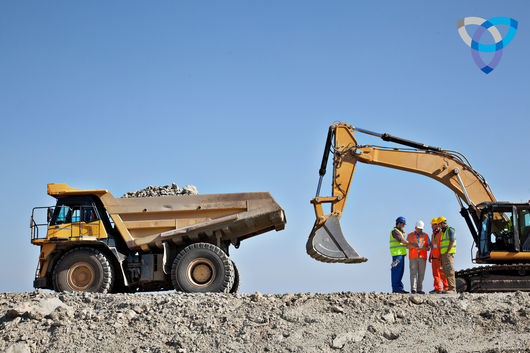Government backs Australia’s opportunity of the century30/11/2022 “Critical minerals could be the opportunity of the century. This is a generational opportunity that we cannot miss or mishandle.” says the Treasurer of Australia, Jim Chalmers, urging the importance of fast-tracking the mining and processing of Australia’s critical minerals.
Yet the country still has some of the world’s largest reserves of the minerals and rare earths that are needed to build batteries and cars, wind turbines, solar panels, phones, fighter jets, MRI scanners, and satellites. Fortunately, as Chalmers summarised, “we have exactly what the world needs, exactly when the world needs it”, and he anticipates that mining will underpin Australia’s position as a clean energy superpower.
Australia’s Mining IndustryWhile sitting on a vast and untapped quantity of critical minerals, Australia’s mining industry also boasts some of the world’s most talented people, along with a reputation as a solid investment destination. Adding to the opportunities in mineral extraction, the federal government has also recognised the massive opportunity in the downstream value-adding processing of our critical minerals and rare earths. While Australia does very little value add processing today, the further we move along the supply chain and up the value chain, the greater the opportunity.
Taking lithium as an example, demand for which is expected to be 40 times greater in 2040 than 2020 levels, Australia supplies about 55 percent of the world’s lithium. Yet we don’t have any share of the downstream processing industries, including the estimated $385 billion battery precursor industry, the estimated $550 billion battery cell production industry, and the estimated $1.7 trillion battery pack assembly industries. Rather, three out of every four lithium-ion batteries are produced in China, which also builds more than half of the world’s electric vehicles, and boasts 70 per cent of the production capacity for battery cathodes and 85 per cent for anodes.A further benefit of local development along the supply chain is that it helps reduce the concentration risk of existing supply chains. Russia’s invasion of Ukraine is one reminder of the costs and consequences of over-relying on a single substantial supplier of a critical resource. The supply of natural gas to Europe, for example, was significantly disrupted when no immediate alternative was available to replace Russian exports. More broadly, the war has amplified conversations around the highly concentrated nature of commodity markets, which includes critical minerals supply chains. Such concentration creates supply chains that are especially vulnerable to disruption with far-reaching and deeply-felt economic consequences.
What’s next?For Australia, this means some of the world’s more confronting geopolitical realities make for compelling opportunities. With these opportunities in mind, Chalmers confirmed that Resources Minister Madeleine King is working to refresh the government’s Critical Minerals Strategy.
He said the strategy would involve public capital work as a strategic complement to private investment by managing early-stage risk and facilitating coordinated investments up the value chain. This was demonstrated with support of Australia’s first on-shore rare earths processing facility, where the government’s Critical Minerals Facility loaned $1.25 billion to Iluka Resources (ASX.ILU) to get Australia’s first rare earth oxide refinery off the ground. Development of this plant would put Australia on par with the US in terms of critical minerals processing facilities. Attracting foreign investment that aligns with our interests will also be essential. This will require cooperating closely with key partners on investment opportunities at all stages of the value chain. This adds to significant investment in Australia’s resources sector over the coming year and decades. Success would see our critical minerals wealth help move us closer to energy independence, supply chain security, a high-value economy, and a stronger strategic position on the international stage. |
Government backs Australia’s opportunity of the century
Government backs Australia’s opportunity of the century
Written by


